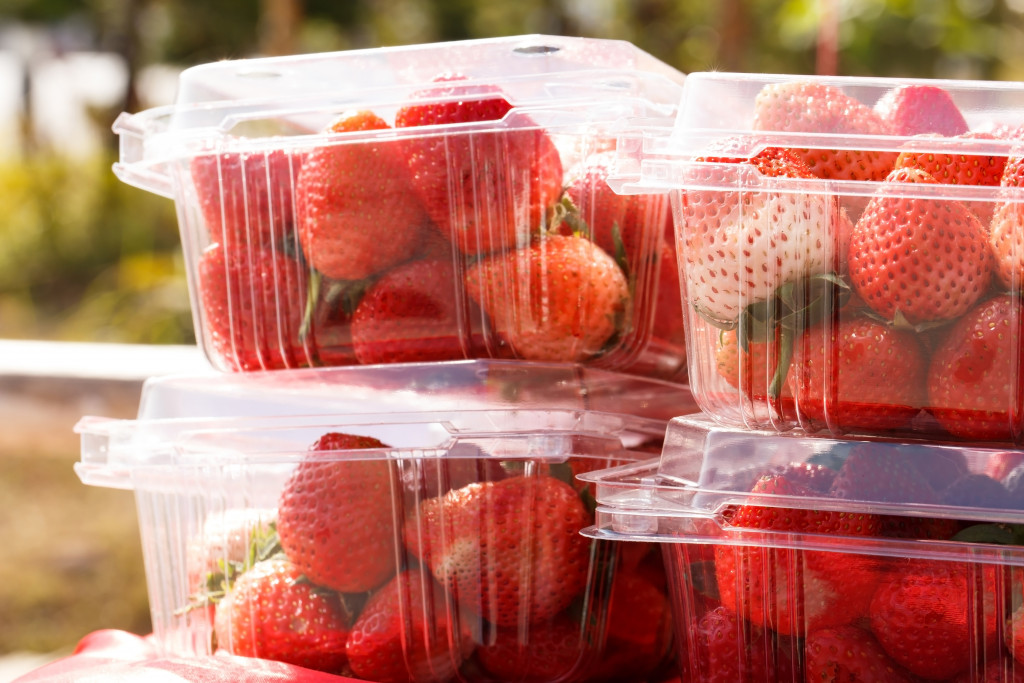Every year, the food packaging business shows to be lively and highly challenging. Even if you are not a company owner, you may be intrigued by the packaging trends to watch out for—luckily, you’re reading the right thing. Since the food packaging business is vast and varied, you can always anticipate packaging solutions to reach the markets at the start of each new season. Consumers are constantly searching for the latest craze and the latest cuisine, and what draws them the most is the glossy new packaging that provides convenience, longer shelf life, and unique shiny wrapping. We will investigate recent trends in the food packaging business and forecast what to anticipate in the future.
Retro Is Back
One of the rising trends in food packaging is the vintage design, which is making a significant comeback. Something about a nostalgic appearance makes customers want for a more specific period, which means they’ll purchase the goods for the memories it evokes. A new retro trend has taken over much of the packaging industry to pique customer attention and instill a feeling of nostalgia. Retro packaging, which was culturally obsolete at least 15 to 20 years ago, has become the standard. PepsiCo, Procter & Gamble Co., and General Mills Inc. have all capitalized on the trend by reintroducing package designs from the 1970s or 1980s. Small businesses have also embraced the trend by including features that harken back to a bygone era. With today’s industry constantly releasing new and better packaging, there has come the point when even the most sophisticated packaging just does not cut it. Whether it’s a Coke bottle from the 1960s or a block of cheese that shouts authentic traditions, increasingly new and large companies are going back in time with their design. And the rest of the world loves it.
Sustainability Is the Name of the Game
The days of air packing are long gone; the packaging is now tighter and smaller, with innovative green packaging playing a significant role. Plastic is also on its way out, as bamboo takes its place. We understand that we must do everything possible to become green and preserve the earth for future generations. Major companies and emerging brands are jumping on board by making their processes more sustainable, from efficient product delivery to green packaging and advanced Servo fillers. Green packaging, also known as sustainable packaging, employs materials and production methods to minimize energy consumption and the environmental effect of packaging. In materials such as plastic and Styrofoam, green packaging solutions often incorporate biodegradable and recyclable materials. Green manufacturing processes decrease the power output and the number of greenhouse gases that companies emit.

Labels on the Spotlight
People are busy, and they don’t have time to investigate whether the components in their favorite meals are healthy or not. They also don’t want to have to sift through much information to locate their product. They want to go in, find their stuff quickly, and then walk out. As a result, no-nonsense labeling is a growing trend in food packaging. Food labels are required by law and are essential for a variety of reasons. They assist customers in making educated decisions about the food they purchase, storing and using it properly, and planning when they will eat it—all of which help minimize food waste. With big letters, fewer visuals to attract the eye, and shorter titles, this is one style that has undoubtedly caught on with customers. These are all just a few of the top major growth drivers in food packaging that you should be aware of as a company owner. If you are not a company owner and are just a customer, this list will assist keep you informed about what is to come from your favorite products and delicacies in the future.
Final Thoughts
Food packaging significantly impacts consumer behavior, such as who buys it, when, where, and why. More innovative food packaging is practical as well as marketing-friendly strategies. Current innovations and breakthroughs emerge as a result of changing customer preferences. As technology advances, the food packaging sector has seen some dramatic developments. Design is getting more cutting-edge, and package testing techniques have greatly improved. These developments contribute to the food packaging business being more economical and efficient. Packaging’s function in the customer experience has expanded beyond the shelf. The market for innovative, safe, efficient, and sustainable solutions heavily influences growing developments in the food packaging sector. It is time to implement these emerging trends for your businesses and go forward.
